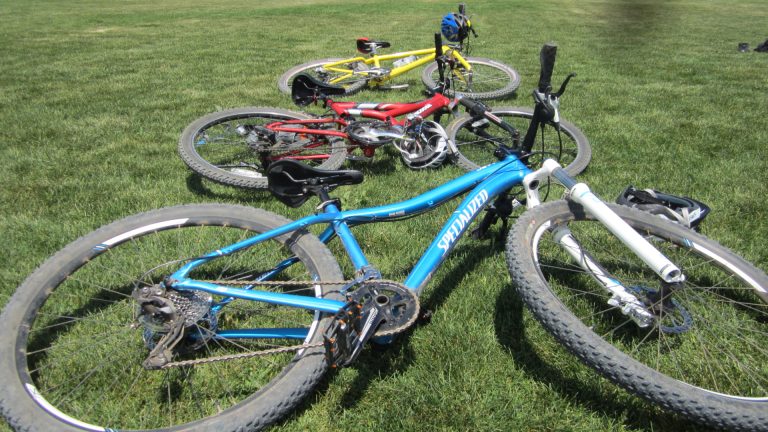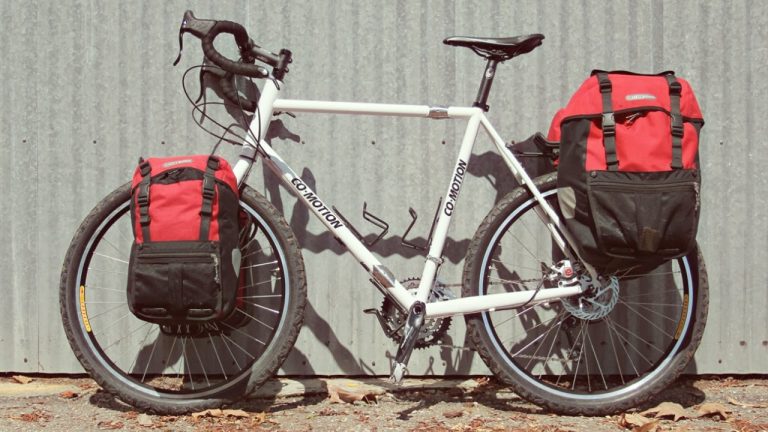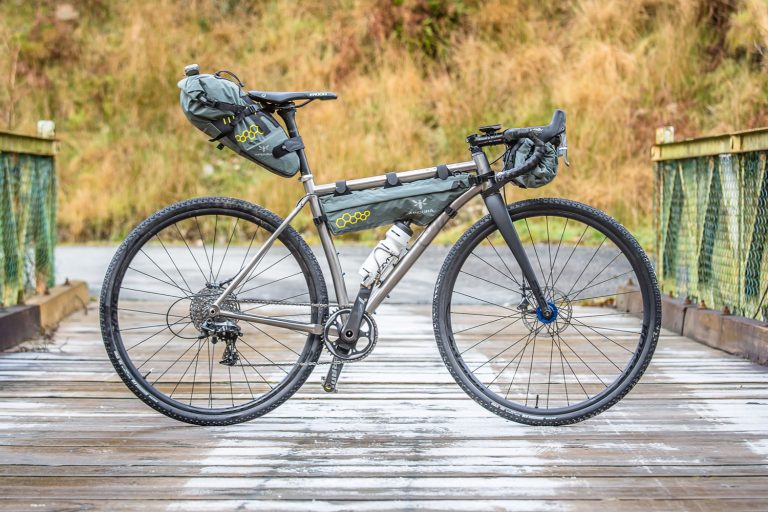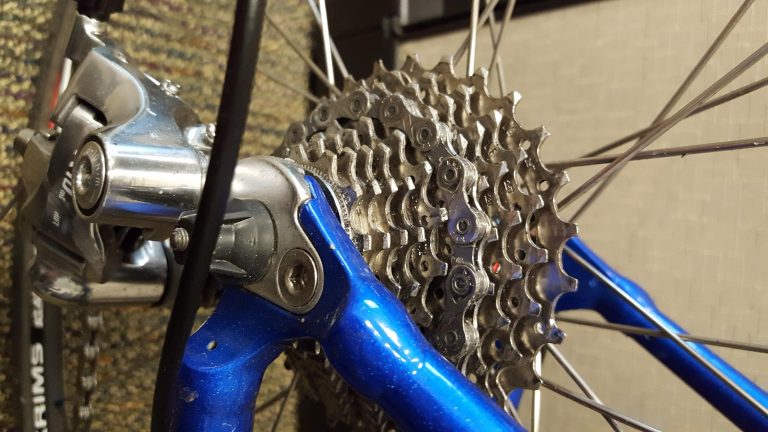Ultra-Cycling Bike Features and Their Importance
Introduction
Whether you’re a seasoned cyclist or just starting out, understanding the features of an ultra-cycling bike can significantly impact your performance and comfort. Ultra-cycling, which involves covering long distances in one go, demands specific bike features that cater to endurance, speed, and stability. From aerodynamics to electronic shifting, these features are crucial for optimizing performance. In this article, we’ll explore ultra-cycling bike features, their connection to cycling performance metrics, and delve into some handy bike maintenance tips. So, let’s pedal into the world of ultra-cycling and discover what makes these bikes stand out.

Main Body
Aerodynamics and lightweight frame
When it comes to ultra-cycling, aerodynamics plays a pivotal role in reducing wind resistance and enhancing energy efficiency. Bikes designed with aerodynamic features help riders cut through the air more smoothly, which is essential for maintaining speed over long distances. Additionally, a lightweight frame, often constructed from carbon fiber, ensures that the bike remains manageable without sacrificing strength. The combination of aerodynamic design and a lightweight frame is key to achieving speed optimization and reducing fatigue during extended rides.
endurance geometry and Saddle Comfort
The design of a bike—commonly referred to as its geometry—greatly influences your ride comfort. Endurance geometry is tailored for long-distance rides, featuring a more relaxed frame that offers stability and ease. Alongside this, saddle comfort is crucial. A well-fitted, ergonomic saddle can significantly reduce fatigue, allowing you to ride longer with less discomfort. Pairing this with a proper bike fit ensures that you maintain the best possible posture for energy efficiency and fatigue reduction.
disc brakes and Tubeless Tires
Disc brakes have become increasingly popular in ultra-cycling due to their superior stopping power and performance in various weather conditions. They provide better modulation, giving cyclists more control and safety—an integral part of cycling safety tips. When combined with tubeless tires, cyclists benefit from lower rolling resistance and fewer flats, making these features a perfect match for the demands of ultra-cycling.
Electronic Shifting and gear range
In the realm of efficient cycling, electronic shifting systems allow for precise, seamless gear changes without the need for excessive manual input. This technology ensures that cyclists can maintain ideal cadence and performance metrics on varied terrain. Coupled with a wide gear range, riders can tackle both hilly and flat routes with ease. The right gear ratios are imperative in balancing speed and endurance, a fundamental aspect of optimizing cycling workouts.
Aero Bars and Handlebar Design
Aero bars are essential for ultra-cyclists looking to minimize wind resistance while maximizing speed. This handlebar design allows cyclists to achieve a more aerodynamic position, significantly reducing drag. The design is crucial not only for comfort but also for maintaining stability, especially at high speeds. A well-designed handlebar accommodates the natural movement of hands and offers multiple grip positions, enhancing overall comfort. A good handlebar design can also help reduce vibrations, contributing to a smoother ride.
Power Meter and Training Techniques
To truly enhance cycling performance, incorporating a power meter into your ultra-cycling setup provides real-time data on your output. This allows for precise power-based training, where cyclists can monitor their exertion levels and adjust their efforts accordingly. Studies show that training with power meters can lead to significant VO2 max improvements, helping cyclists push their limits while managing their energy reserves effectively.
Advanced training techniques such as interval training for cycling can be optimized using a power meter, allowing cyclists to gradually build their endurance and speed over time. Mental resilience, another crucial aspect of ultra-cycling, can also be fostered by understanding and working within one’s power zones, resulting in better energy efficiency.
Hydration System and GPS Navigation
Long-distance cycling demands consistent hydration. A well-integrated hydration system, such as frame-mounted bottle cages or even hydration packs, ensures cyclists maintain optimal fluid intake. Similarly, GPS navigation systems are invaluable for ultra-cyclists. They offer useful features such as route planning and real-time location tracking, allowing cyclists to focus on their ride without worrying about getting lost or straying from their intended path.
Wheelset Performance and Tire Width
A good wheelset improves overall bike performance, contributing to a smoother and more efficient ride. The choice of tire width can significantly impact wheelset performance. Wider tires typically offer more comfort and stability by improving grip, which is particularly advantageous on rough terrain. Understanding these nuances can aid cyclists in maintaining momentum and handling various surfaces more effectively.
Suspension and Frame Stiffness
While not as prominent in road cycling as in mountain biking, some degree of suspension can be beneficial for ultra-cyclists, especially on mixed terrain routes. Enhanced frame stiffness ensures that cyclists transfer maximum power to the pedals, improving energy efficiency and speed. At the same time, some flexibility allows for vibration dampening, minimizing fatigue over long distances.
Seat Post and Vibration Dampening
The seat post can influence the comfort and performance of a bike. Modern seat posts are designed to provide slight flex, which aids in vibration dampening. This feature can reduce fatigue, especially on longer rides over uneven surfaces. The combination of optimal seat post design and proper suspension can dramatically improve comfort by absorbing road vibrations and ensuring a more enjoyable cycling experience.

Data, Metrics, and Studies
Various studies have shown that cyclists using power meters can see a remarkable increase in their performance. For example, tracking VO2 max improvements through structured training regimens can inform cyclists about their cardio-pulmonary efficiency and potential areas for enhancement. Similarly, the benefits of electronic shifting in maintaining optimal cadence have been well-documented. Research supports that cyclists using electronic shifting systems can better maintain their energy reserves, leading to enhanced endurance over time.
User Intent and Benefits
Improving Endurance
Cyclists aiming to improve endurance can benefit greatly from ultra-cycling bike features. An endurance geometry frame encourages the right posture, while features like tubeless tires enhance efficiency by minimizing rolling resistance. Incorporating a power meter into your training allows for precise tracking and adjustment of workout intensity, gradually building endurance. Combining these features can significantly impact overall cycling fitness.
Cycling Techniques for Beginners
For beginners, understanding and utilizing the features of an ultra-cycling bike, such as electronic shifting and disc brakes, can simplify the learning curve. These features reduce the chance of mechanical errors and ensure a safer, more enjoyable ride. Beginners should also focus on proper bike maintenance, such as checking tire pressure and ensuring the hydration system is functioning correctly before each ride.
Optimizing Cycling Workouts
Ultra-cycling enthusiasts looking to optimize their workouts should pay attention to cadence and performance metrics provided by power meters. Drivetrains with a wide gear range help cyclists maintain optimal cadence across various terrains. Implementing interval training based on power meter data can enhance strength and speed, resulting in a well-rounded, efficient cycling routine.
SEO and Readability
While writing this article, we’ve made sure to maintain a keyword density with the term ‘ultra-cycling bike features’ naturally integrated throughout. By addressing associated topics like endurance training and bike maintenance, we achieve a holistic coverage of related content. The writing remains conversational and accessible for readers of all levels, ensuring clarity and ease of understanding. Additionally, HTML tags such as H2 and H3 ensure clear navigation, while suggested visuals like infographics for ‘Cycling Cadence Improvement’ and charts for ‘Training Progress’ can further enhance engagement.
FAQs
What makes a bike suitable for ultra-cycling?
A bike suitable for ultra-cycling often has features like endurance geometry for comfort, carbon fiber for a lightweight frame, and tubular or tubeless tires for reduced rolling resistance. These elements combine to improve performance over long distances.
How do electronic shifting systems benefit ultra-cyclists?
Electronic shifting systems provide precise gear changes and ensure smooth transitions across varying terrains, allowing cyclists to maintain cadence and conserve energy, which is especially important in ultra-cycling.
Are disc brakes necessary for ultra-cycling?
Yes, disc brakes offer greater stopping power and performance in all weather conditions, enhancing safety and control during long rides, making them ideal for ultra-cycling scenarios.
What role does a power meter play in enhancing cycling performance?
A power meter provides valuable data on a cyclist’s power output, enabling more structured and effective training. This leads to better endurance, pacing, and overall performance gains.
Is tire width important for ultra-cycling?
Yes, tire width can impact rolling resistance, grip, and comfort. Wider tires usually offer better traction and are preferable on rough terrain, contributing to a more comfortable ride.
Conclusion
In conclusion, the significance of ultra-cycling bike features cannot be overstated for those passionate about long-distance cycling. From aerodynamic frames to advanced power meters, each bike feature plays a pivotal role in enhancing cycling performance. By choosing the right features and utilizing them effectively, cyclists can elevate their endurance, speed, and overall enjoyment of the sport. We invite you to try incorporating these features into your cycling routine and share your experiences in the comments below. Together, let’s ride towards greater cycling achievements!






